
Best time to visit Botswana
Most safari experts agree: Botswana’s best wildlife viewing season is during the dry months from May to October when temperatures are moderate, animals gather around shrinking water sources, and the Okavango Delta is in full flood for mokoro and boat safaris.
Safari by season:
How Botswana changes by season
Wildlife viewing at our Botswana camps is excellent year-round, but each season brings its own nuances and special charms. While “when is the best time to visit?” is a common question, there’s no simple answer. Game sightings are never guaranteed, but by combining our knowledge of seasons, habitats, water availability, and animal behaviour, clear patterns begin to emerge.

June to August
Cooler, drier months offer peak wildlife visibility. Game concentrates around shrinking water sources, and the Delta is in full flood making it ideal for mokoro and boating. Clear skies, leafless trees, and fewer bugs make this a photographer’s dream and the top time for walking safaris and big cat encounters.
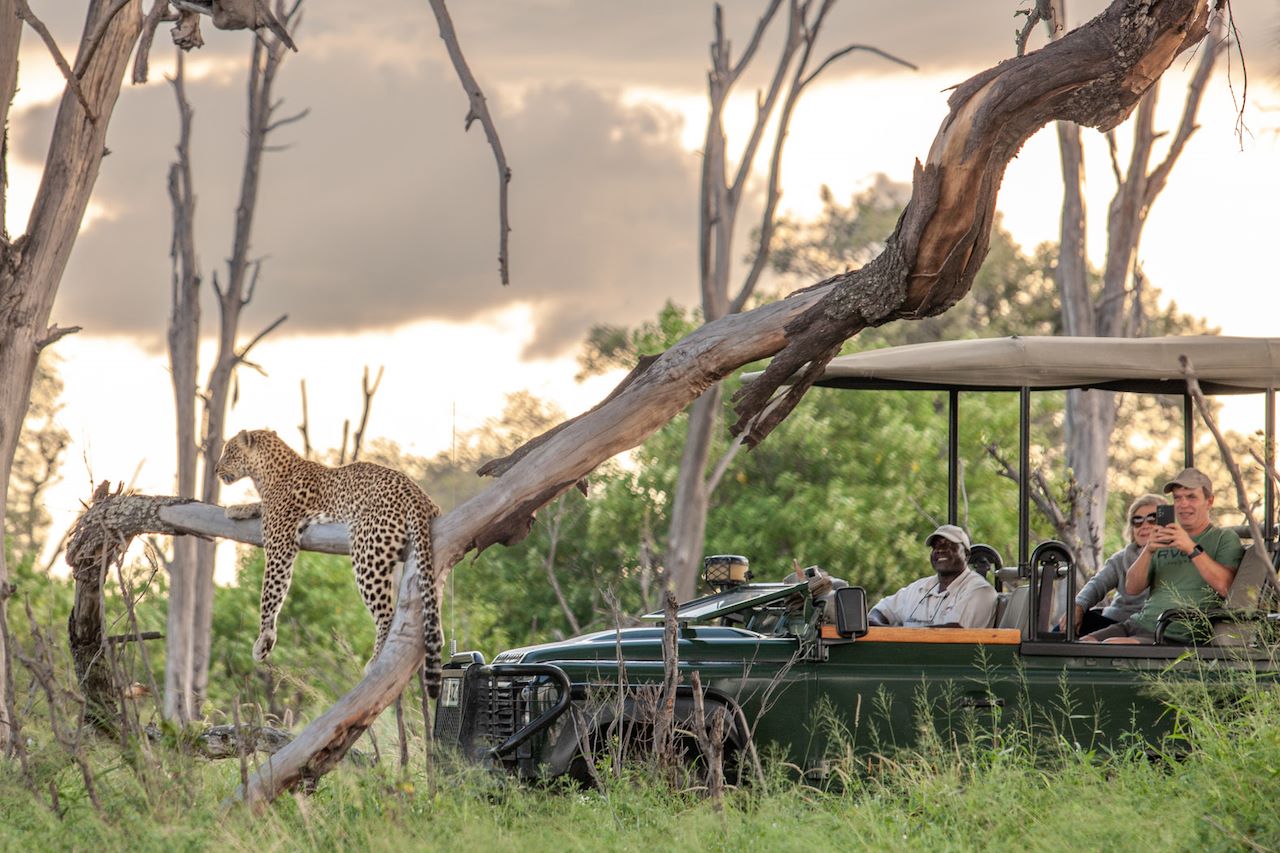
November to March
Summer rains bring a lush, vibrant landscape. Wildlife gathers at waterholes, calving begins, and birdlife peaks with migrants in full plumage. It’s a time of new life and dramatic skies. Water levels in the Delta are low, so some mokoro and boating activities may be limited.

April to May and September to October
These months blend the best of both worlds. Wildlife is still active, greenery begins to fade, and temperatures are moderate. With fewer travellers and varied conditions, it’s a great time for quieter safaris, strong sightings, and better rates across camps.
Dry season

June to August
Cooler, drier months offer peak wildlife visibility. Game concentrates around shrinking water sources, and the Delta is in full flood making it ideal for mokoro and boating. Clear skies, leafless trees, and fewer bugs make this a photographer’s dream and the top time for walking safaris and big cat encounters.
Green season

November to March
Summer rains bring a lush, vibrant landscape. Wildlife gathers at waterholes, calving begins, and birdlife peaks with migrants in full plumage. It’s a time of new life and dramatic skies. Water levels in the Delta are low, so some mokoro and boating activities may be limited.
Shoulder season

April to May and September to October
These months blend the best of both worlds. Wildlife is still active, greenery begins to fade, and temperatures are moderate. With fewer travellers and varied conditions, it’s a great time for quieter safaris, strong sightings, and better rates across camps.
Peak season in Botswana
Botswana highlights in the Green season
Botswana highlights in the Shoulder season
How seasonal changes affect safari activities
Seasonal shifts in water levels, vegetation, and temperature shape the kinds of safari experiences available across Botswana. Here’s how five popular activities are affected throughout the year:

Mokoro
Water-based activities depend on the Okavango Delta’s annual flood. From May to October (peaking June–August), water levels rise as floodwaters from Angola arrive. Between November and April, many channels become too shallow for boats or mokoros. Availability varies by year and location.
Mokoro
Walking safaris
During the cooler dry months, walking conditions are at their best as animals concentrate around permanent water sources and sparse vegetation improves both visibility and safety. As October approaches with its high temperatures, walking activities become restricted to very early morning hours when conditions are cooler.
Guided Walking Safaris
Helicopter
The dry season provides optimal flying conditions thanks to good visibility and stable weather. During the wet season, flights become more weather-dependent due to storms and reduced visibility. But when conditions permit, they offer spectacular views of the transformed green landscape with temporary water bodies and flourishing vegetation.
Helicopter Safari
Night drives
When water levels are high in the Okavango, night drives are not recommended due to safety reasons, although night drives on dry land are available. The availability of this experience will more likely depend on wildlife behaviour at the time, with guides keeping a close eye to ensure guest safety.
Night Game DrivesMokoro

Mokoro
Water-based activities depend on the Okavango Delta’s annual flood. From May to October (peaking June–August), water levels rise as floodwaters from Angola arrive. Between November and April, many channels become too shallow for boats or mokoros. Availability varies by year and location.
MokoroWalking

Walking safaris
During the cooler dry months, walking conditions are at their best as animals concentrate around permanent water sources and sparse vegetation improves both visibility and safety. As October approaches with its high temperatures, walking activities become restricted to very early morning hours when conditions are cooler.
Guided Walking SafarisHelicopter

Helicopter
The dry season provides optimal flying conditions thanks to good visibility and stable weather. During the wet season, flights become more weather-dependent due to storms and reduced visibility. But when conditions permit, they offer spectacular views of the transformed green landscape with temporary water bodies and flourishing vegetation.
Helicopter SafariNight drives

Night drives
When water levels are high in the Okavango, night drives are not recommended due to safety reasons, although night drives on dry land are available. The availability of this experience will more likely depend on wildlife behaviour at the time, with guides keeping a close eye to ensure guest safety.
Night Game DrivesWhat you need to know
Your seasonal safari questions, answered

Book your Botswana safari
Your journey starts here. Speak to a Travel Designer and let us craft your perfect Botswana safari.
Book nowOur camps in Botswana

Vumbura Plains
Wilderness Vumbura Plains epitomises the ultimate Okavango Delta luxury safari, offering both land and water experiences.
Explore Camp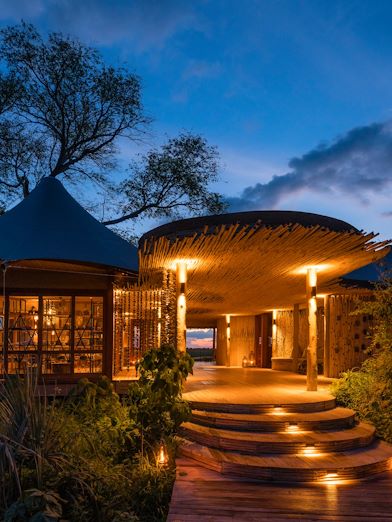
Mombo
Experience Wilderness Botswana’s flagship luxury safari camp – Mombo, in arguably Southern Africa’s finest wildlife area.
Explore Camp
Jacana
A superb water-based camp ideally situated for an intimate and authentic Okavango Delta safari.
Explore Camp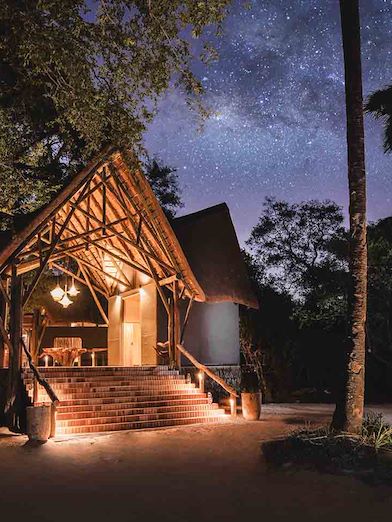
Tubu Tree
Set in one of Earth’s ultimate untamed places Wilderness Tubu Tree is tucked deep in the Okavango Delta’s Hunda Island.
Explore Camp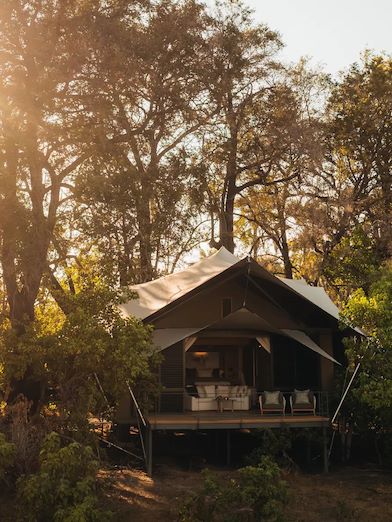
Chitabe
Discover Wilderness Chitabe and its prolific wildlife, for an out-of-this-world Okavango safari experience.
Explore Camp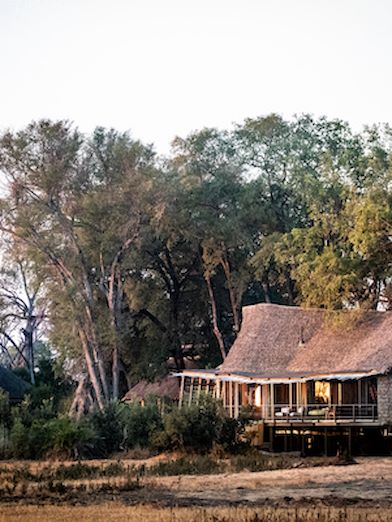
Jao
In the heart of the Okavango, set on a remote island, Jao invites you to discover an unsurpassed Delta wilderness experience.
Explore Camp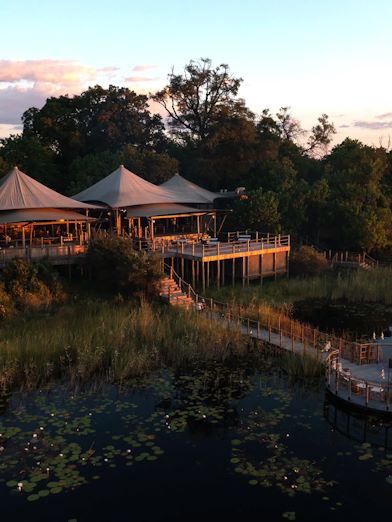
DumaTau Camp
Home to Africa’s highest density of elephants, supremely chic DumaTau offers exceptional wildlife encounters.
Explore Camp
King's Pool Camp
As regal as the noble elephants and other prolific wildlife, King’s Pool offers unrivalled safaris in the wild Linyanti.
Explore Camp
Mokete
In the supremely wild Mokete Private Wilderness Area, predators meet prey in a beautifully brutal dance of life and death.
Explore CampJOURNAL
Botswana featured stories

Wilderness Okavango Delta Camps Newsletters – June 2025
As expected, temperatures dropped this month, though overall the weather has been quite unpredictabl...
Read moreJosephine Bestic
31.07.2025

The benefits of a Botswana green season safari
Green season is a time of rejuvenation in Botswana’s wild areas. Learn more here about the benefits ...
Read moreTao Varty
04.07.2025

Camp Manager
27.06.2025

Camp Manager
27.06.2025

Spotlight on Mombo "The Mother of all Camps"
There’s an unparalleled culture of seven-star hospitality where everyone knows your name.
Read moreMelissa Siebert
19.06.2025
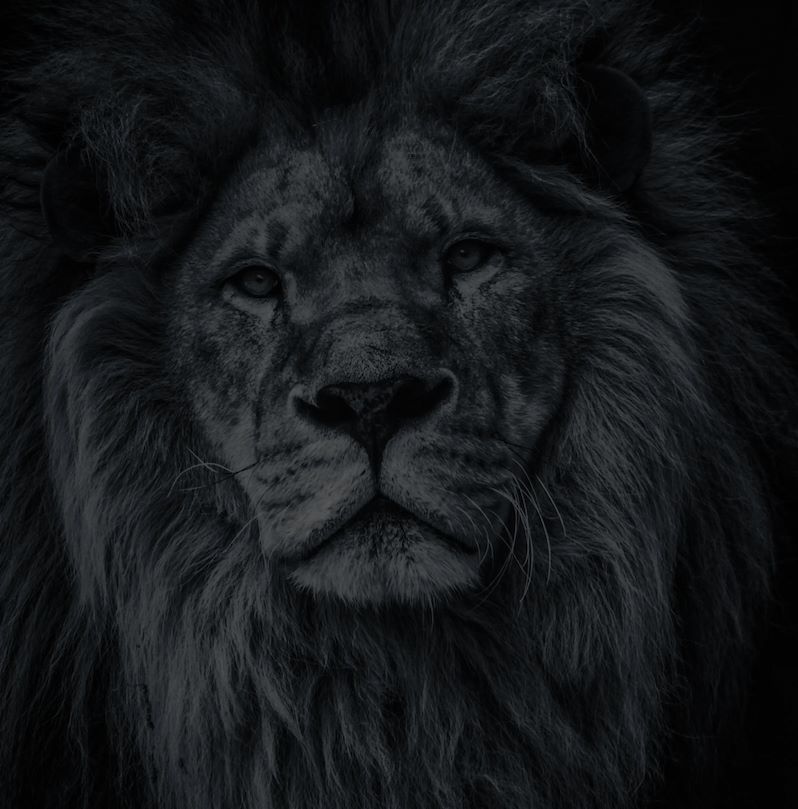
Let’s plan your next journey
Ready?
When we say we’re there every step of the way, we mean it, literally. From planning the perfect circuit, to private inter-camp transfers on Wilderness Air, and easing you through Customs. We’re with you on the ground, at your side, 24-7, from start to finish. Ready to take the road less travelled? Contact our Travel Designers to plan an unforgettable journey.











